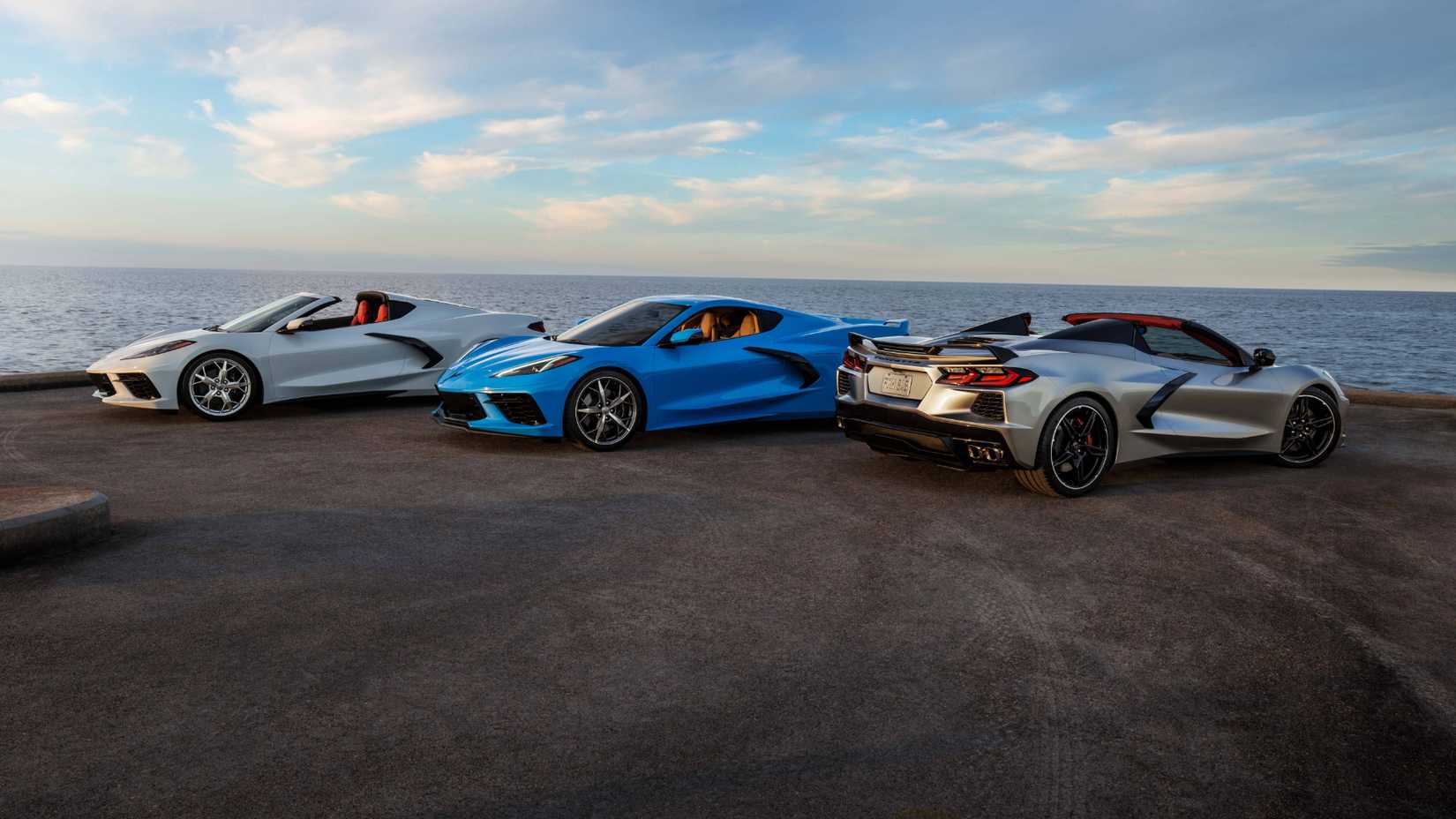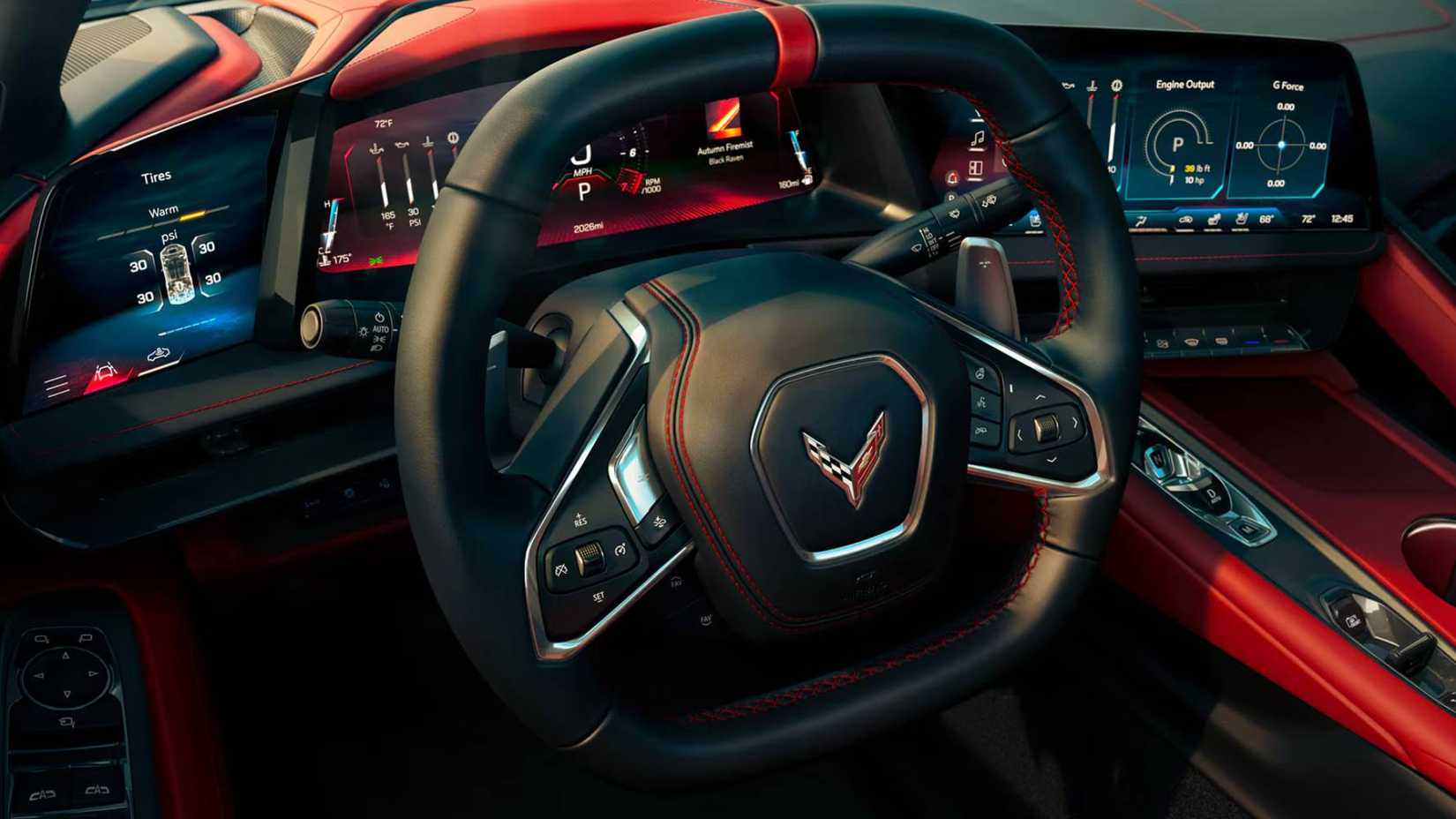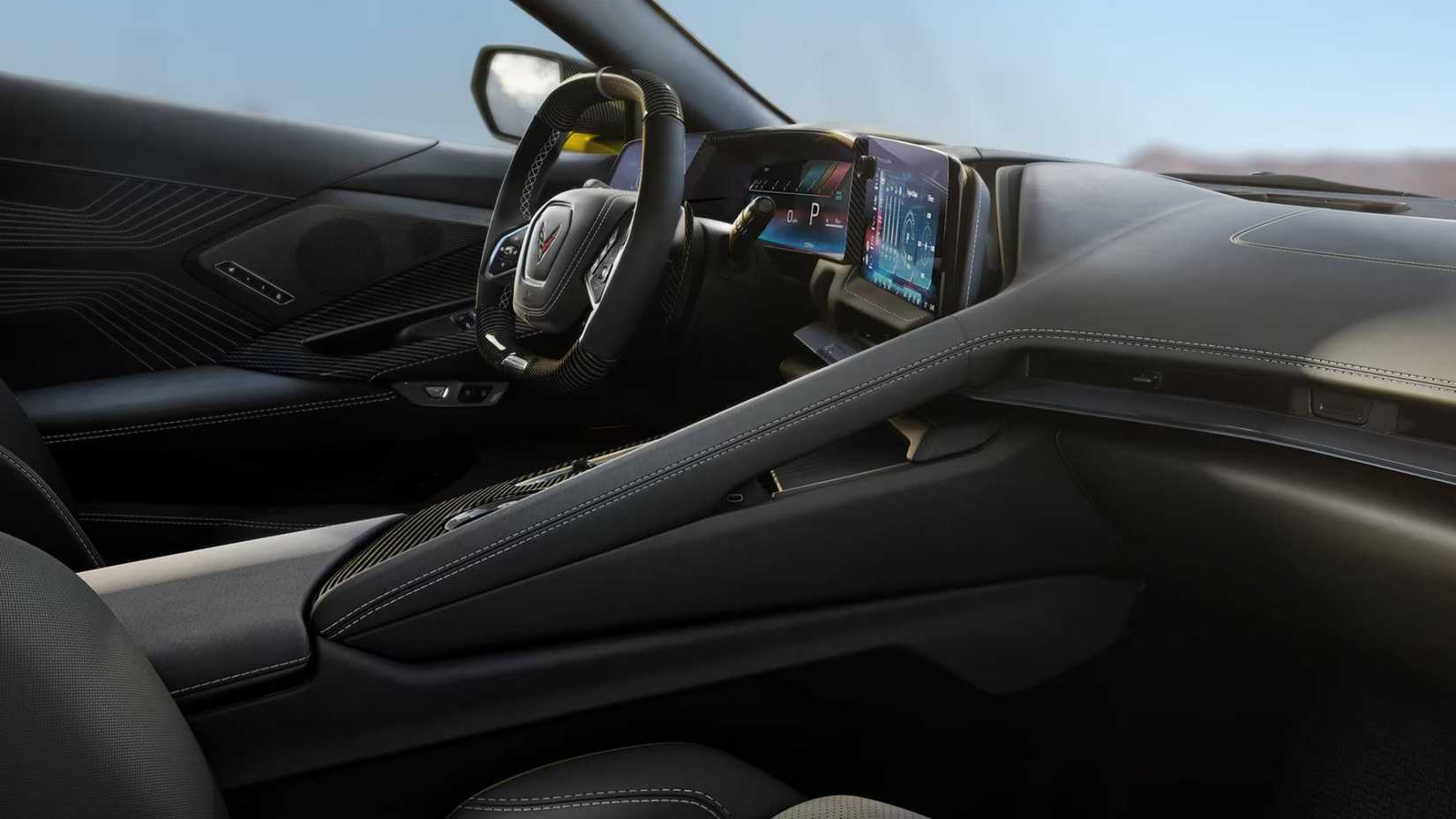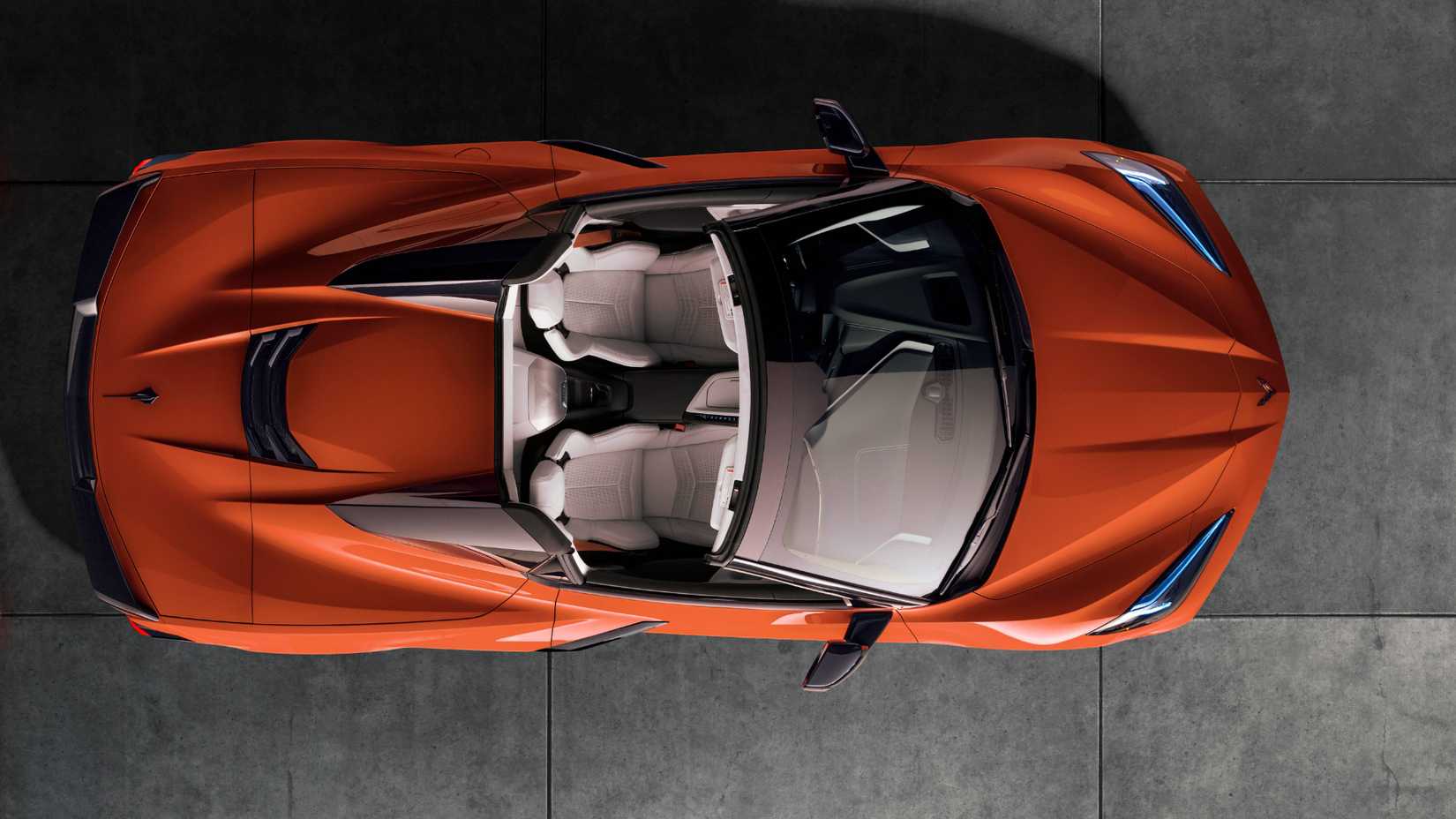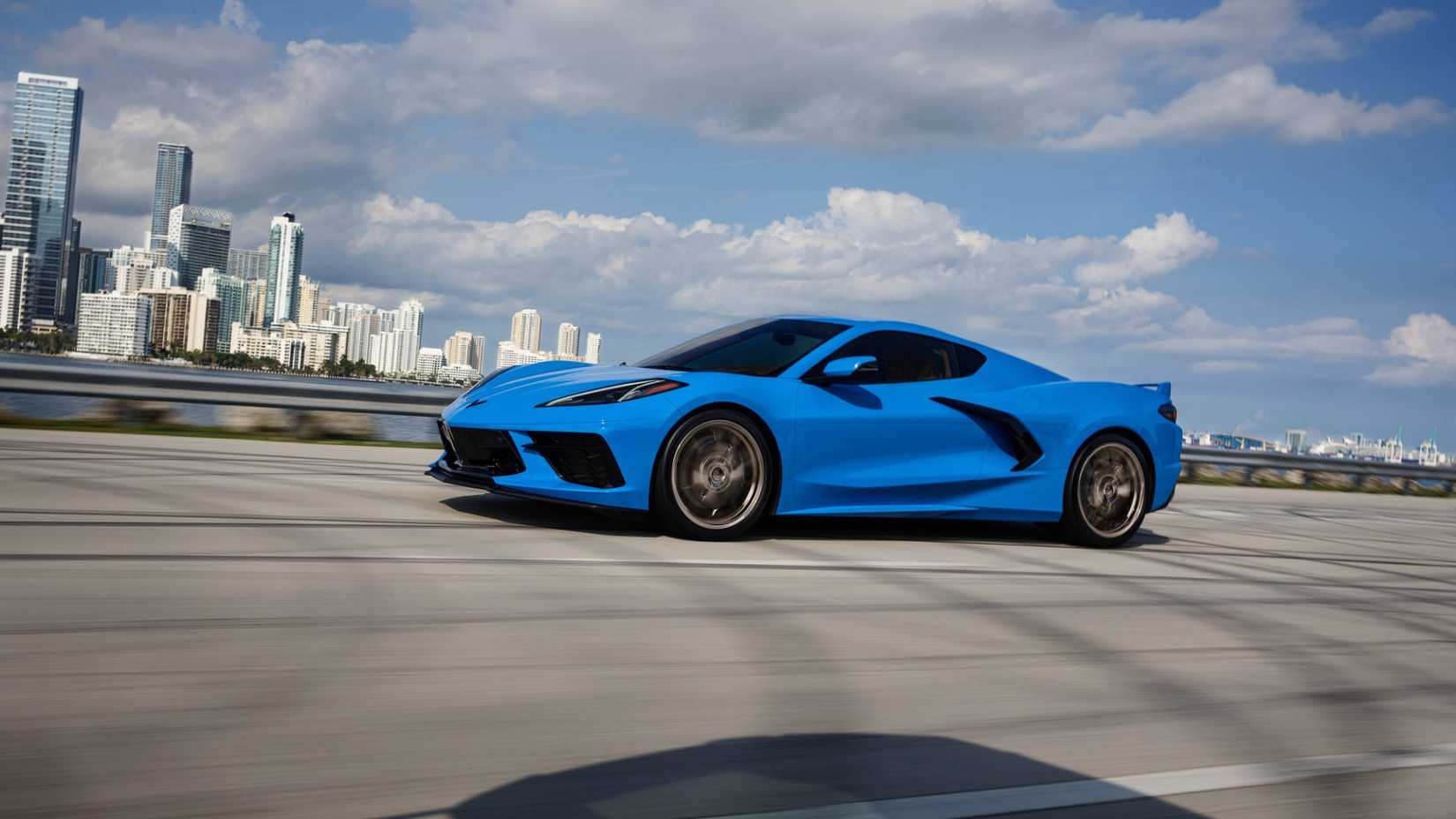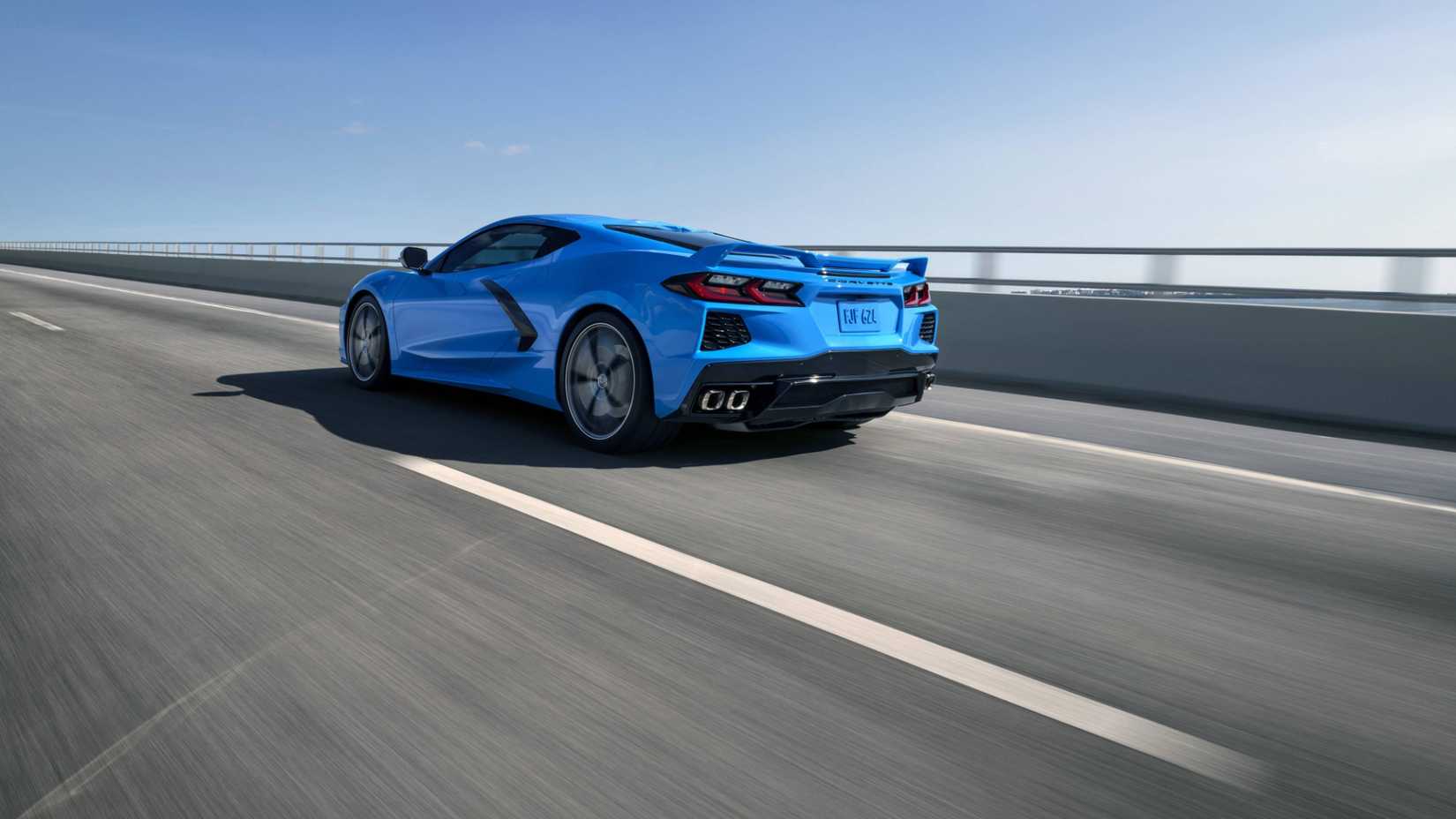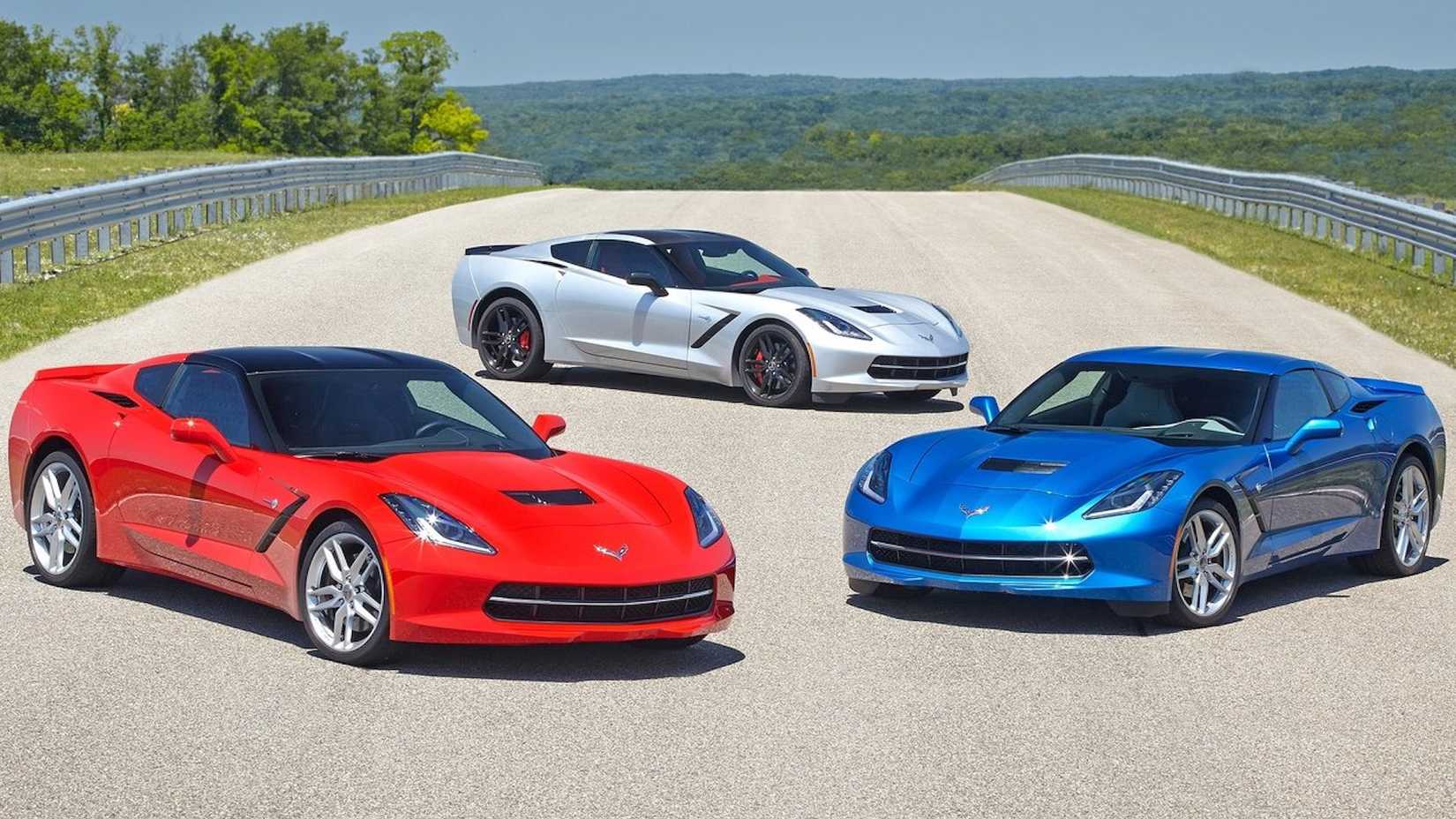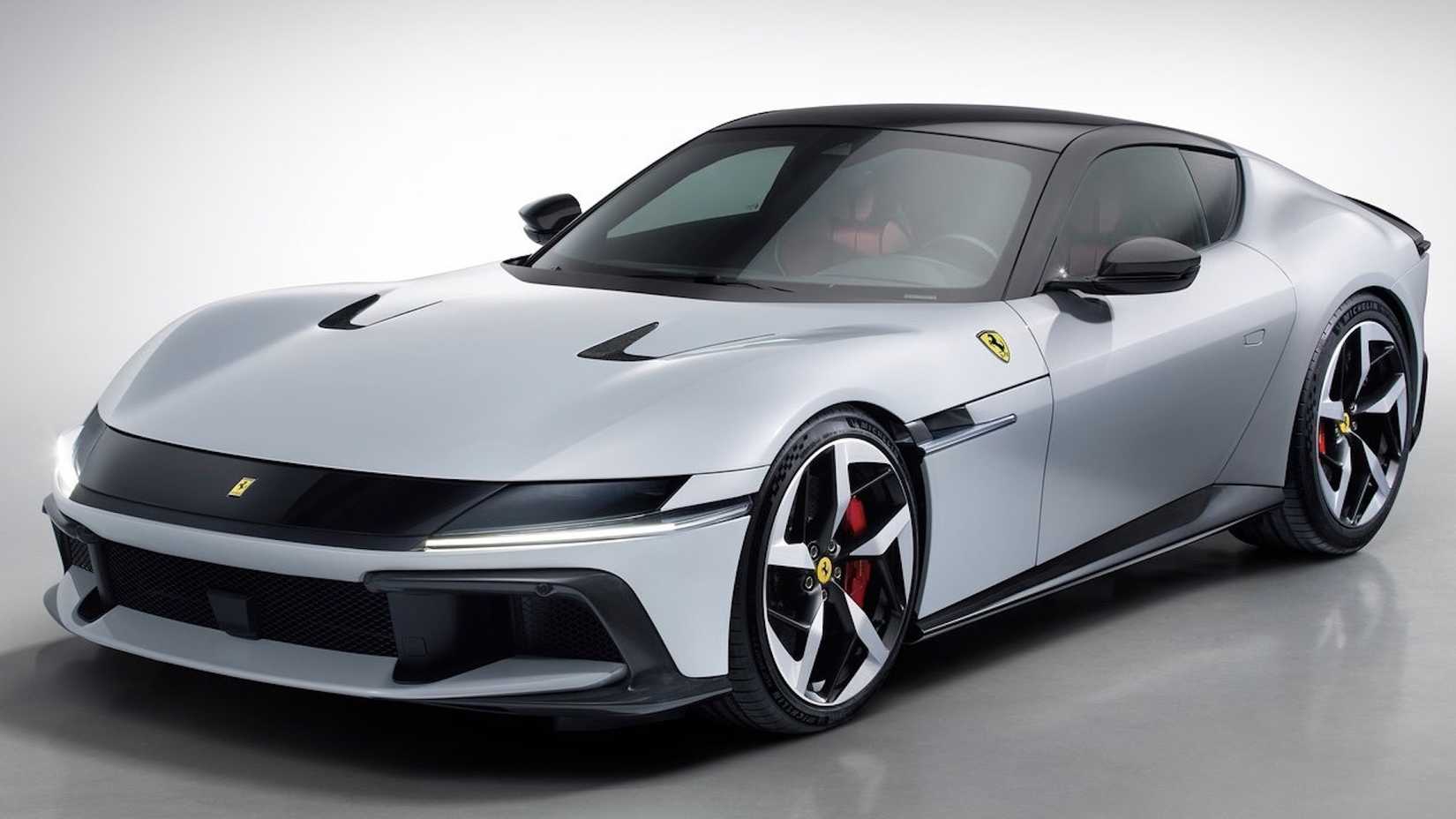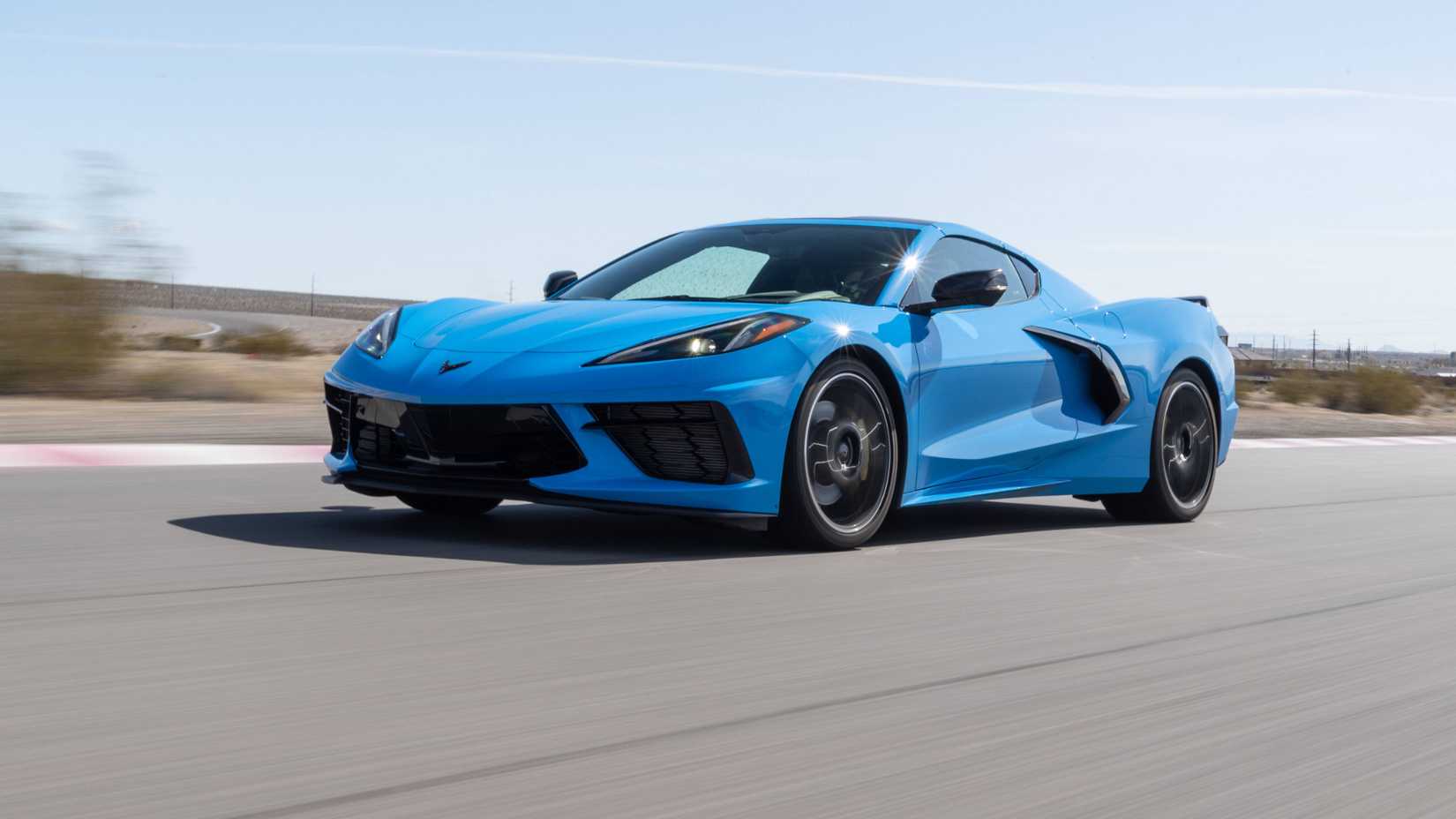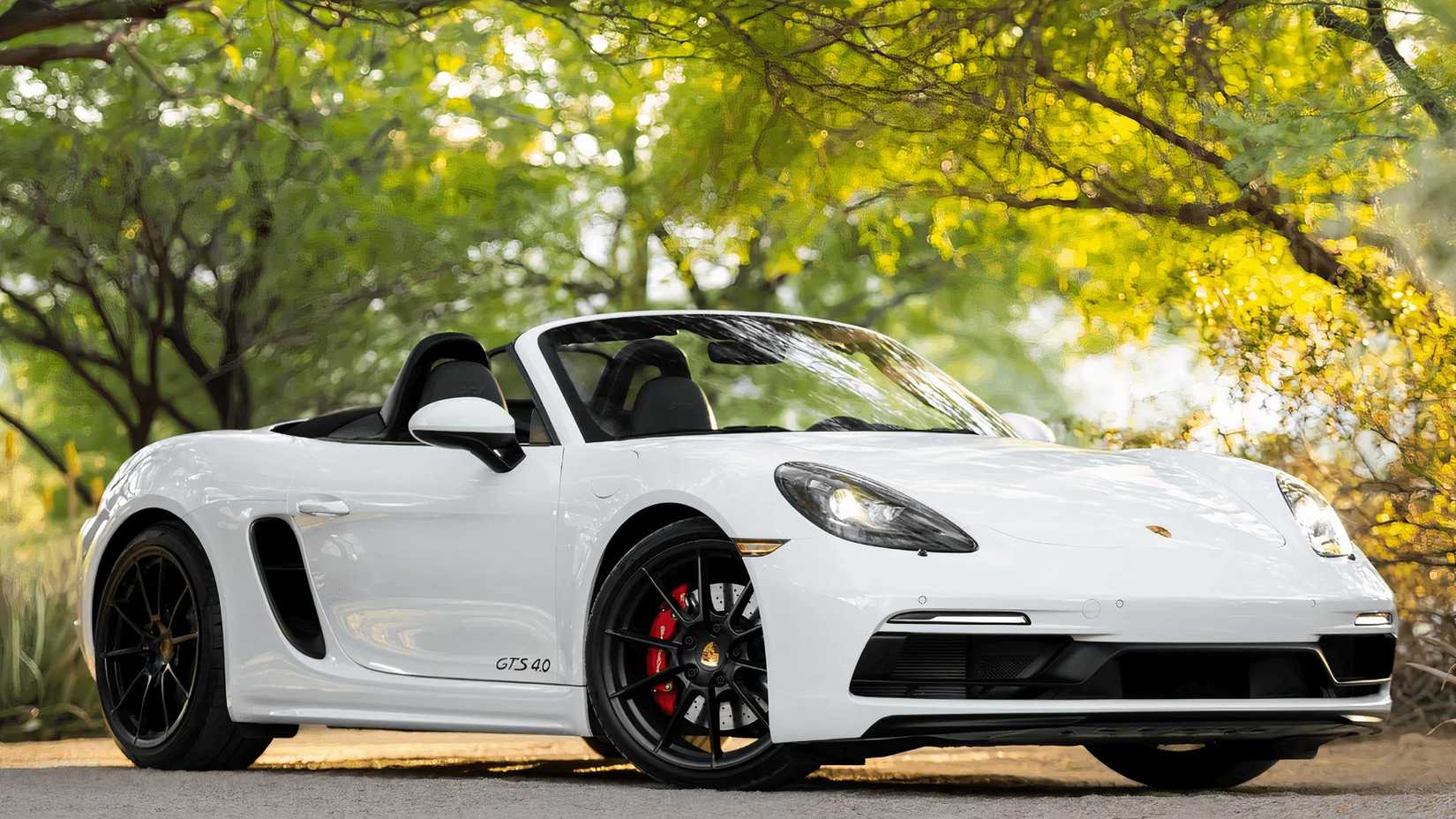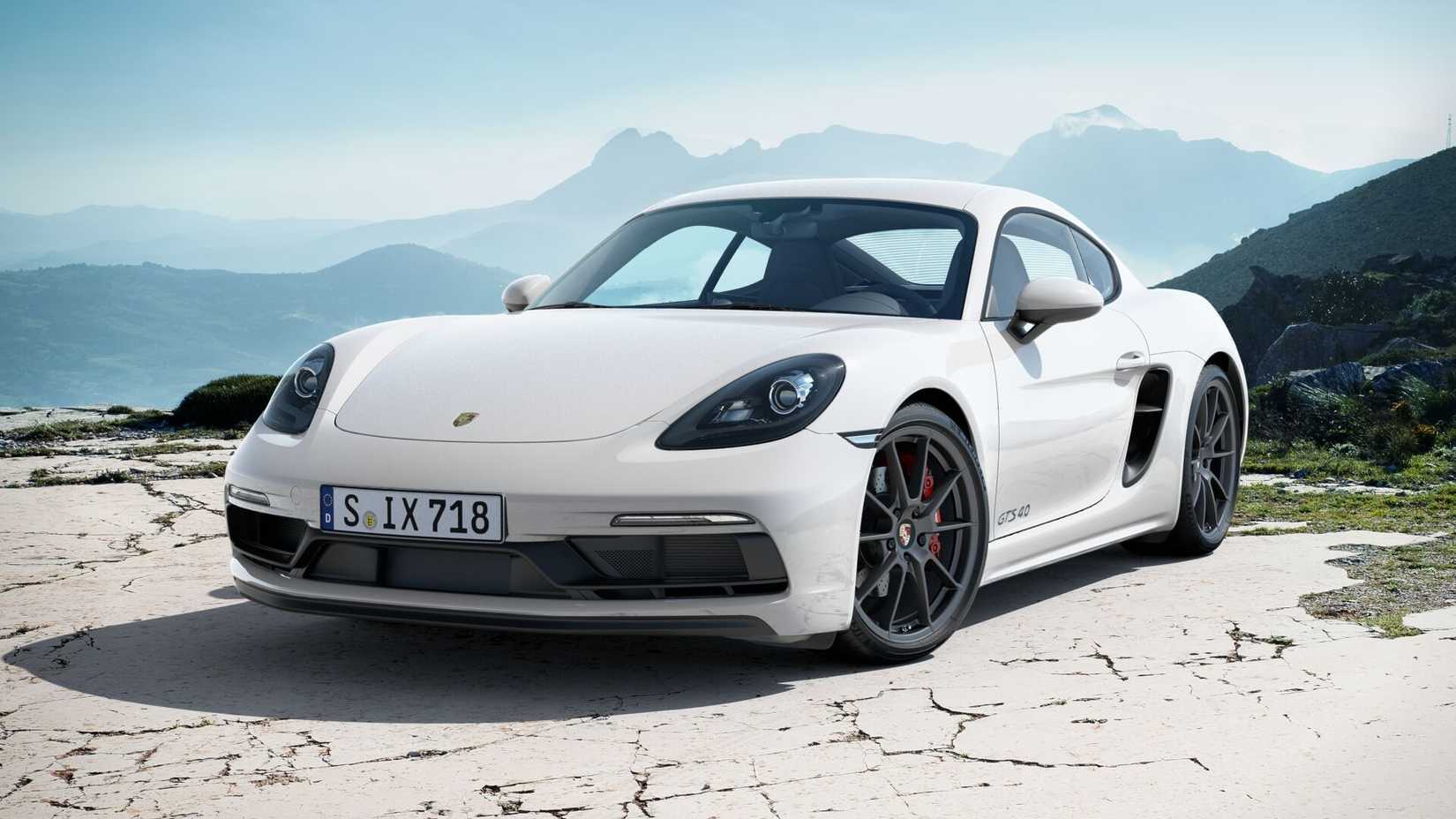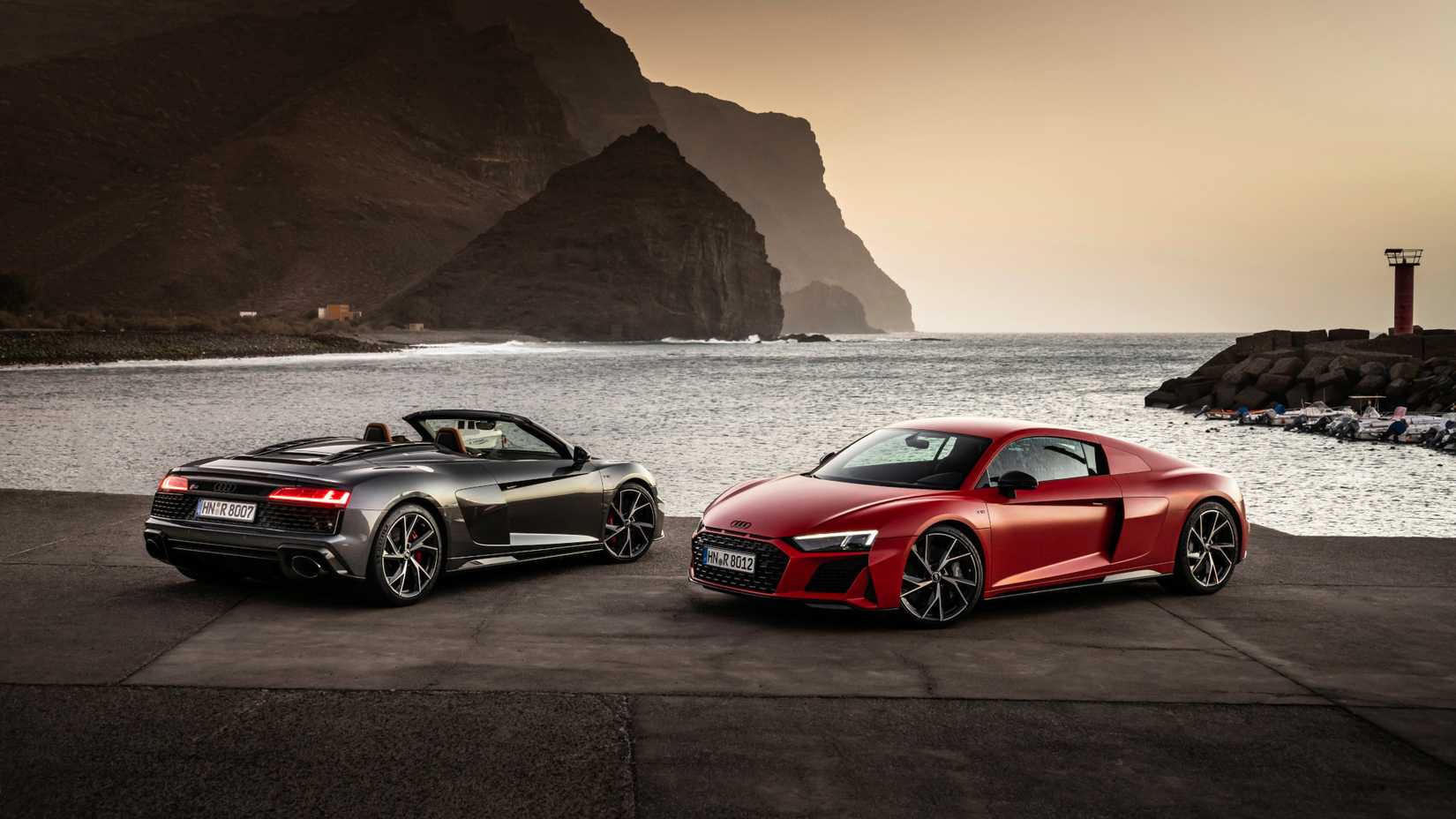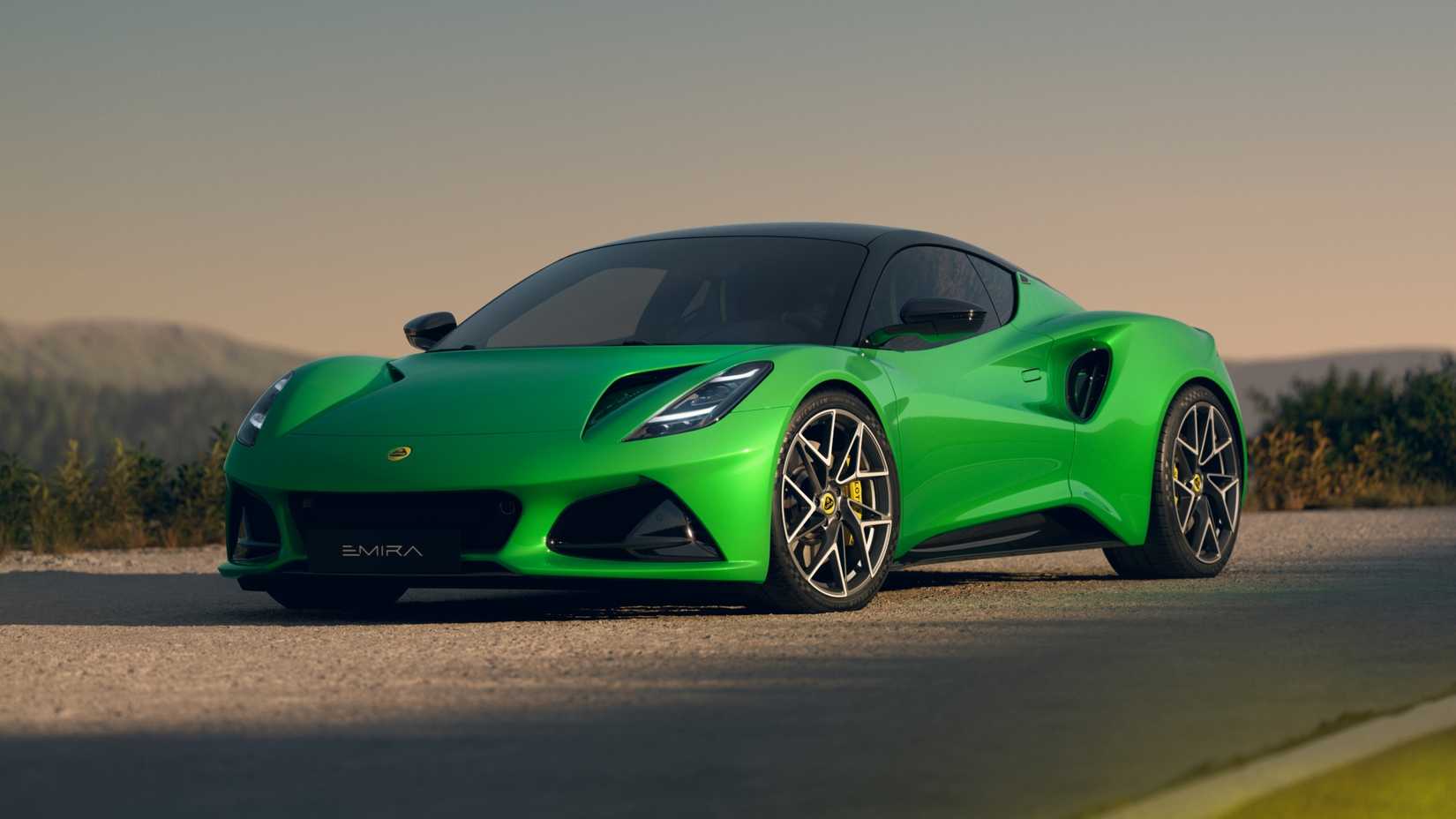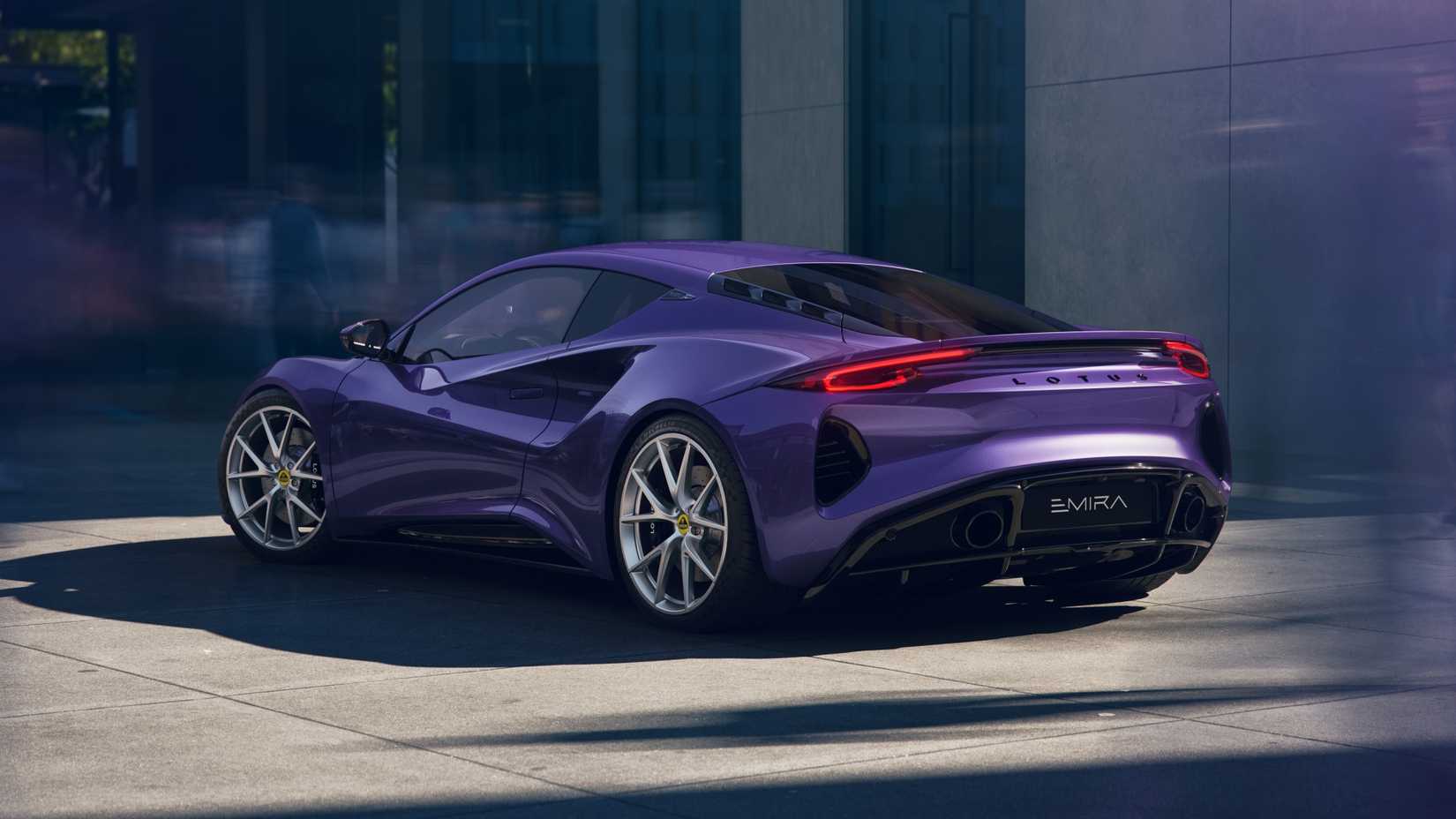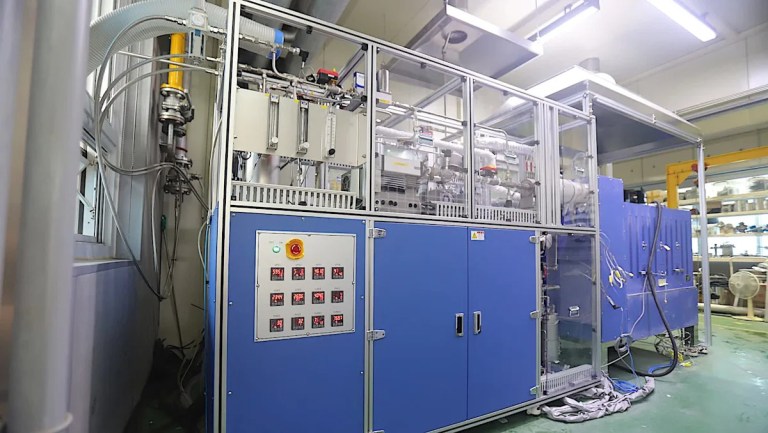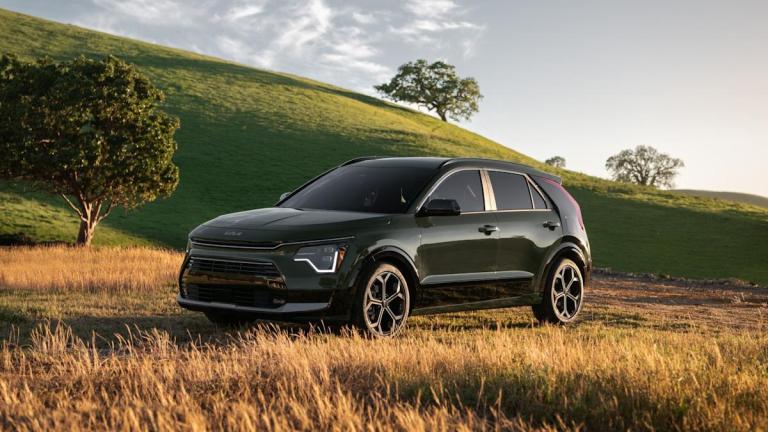
Mid-engine vehicles are a rare breed at the best of times, especially at the lower end of the market. The inevitable compromises required to place an engine in front of the rear axle make it hard to justify in anything but a dedicated sports car. There have been some notable mid-engine cars in the past that certainly weren’t expensive or even that fast, including the Smart Roadster, Toyota MR2, and the Pontiac Fiero. But these days, we are limited mostly to pricey exotics.
And the situation is only getting worse, as from 2026, we will have just one sub-$100,000 vehicle on sale with a mid-engine layout. Porsche has closed the order books for the ICE 718 models, which leaves just one semi-attainable mid-engine car on the table. In case you haven’t already guessed, it has a bowtie on its hood and a V8 under it.
The Chevrolet Corvette C8
|
Chevrolet Corvette Stingray |
|
|---|---|
|
Engine |
6.2-liter V8 |
|
Power |
490 hp |
|
Torque |
465 lb-ft |
|
0-60 |
2.9 seconds (with Z51 Perf Pack) |
|
Base MSRP |
$70,000 |
GM has toyed with the idea of a mid-engine Corvette in the past, but it took 67 years and eight generations before it finally happened. The C8 arrived in 2020 with a fresh new look and its 490-hp 6.2-liter V8 mounted behind the driver. With a base price of $59,995 before taxes, it was a serious performance bargain, just like its predecessors.
But there were several major changes compared to the C7, aside from the engine placement; one was the complete absence of a manual transmission. Another was the much-improved interior quality and overall design. Owners could add several standalone options as well as choose from better-equipped 2LT and 3LT trims.
The one essential extra for enthusiasts was (and is) the Z51 Performance Pack, a $6,345 option that adds a performance exhaust, electronic limited-slip diff, Brembo brakes, heavy-duty cooling, and high-performance tires. You also get a nominal increase of 5 hp and 5 lb-ft thanks to the free-flowing exhaust, and a claimed 0-60 mph time of 2.9 seconds.
That is quicker than anything at the price and equal to many sports cars costing far more. In fact, you can spec up a convertible Stingray in 3LT trim with uprated alloy wheels and the Z51 Performance Package, and still come in under $100,000. Now, no one is claiming that this is a cheap car, but compared to what else you can get for the money, it sure seems like a bargain. The value extends to more extreme C8 models, too. The hybrid E-Ray starts at $108,600, the impressive 670-hp Z06 is $120,300 before taxes, and the mental 1,064-hp ZR1 is $183,000, even though it outperforms cars costing three times as much. The traditional Corvette value-for-money proposition is still alive and well; it has just moved up the automotive food chain a few notches.
What’s The Fuss About A Mid-Engined Layout?
A mid-engine setup is used for one simple reason: handling. Production cars must meet many diverse requirements and regulations, which inevitably result in a compromised product. Performance, practicality, comfort, and usability all require designers to make concessions along the way, and engine placement affects every one of these components.
Choosing to place the engine in the middle (or more accurately, ahead of the rear axle) of the car means having to severely compromise on interior space, which affects overall usability and dictates the shape and styling of the vehicle. However, having the heaviest mechanical component inside the wheelbase makes a big difference in handling. The transmission is usually mounted behind the engine towards the rear axle, which puts more weight on the rear tires. If handling is the overriding concern, then this is the best option bar none.
That’s why most supercars have this layout, and your family sedan does not. All mid-engine cars are either rear or all-wheel drive, which further improves handling balance. Having the bulk of the engine forward of the rear axle also benefits traction off the line. That’s one of the reasons why the base C8 Corvette Stingray is almost a second quicker from 0 to 60 mph than a C7 Stingray despite having just 35 more horsepower.
Front-Mid-Engine
A close second to a mid-engine layout is a front-mid-engine configuration. This is where most of the engine is on or behind the front axle, offering better handling without overly impacting interior space. Examples of this layout include the Mazda MX-5 Miata, Corvette C4 to C7, and several Ferrari models, such as the Amalfi and 12Cilindri.
This setup helps get close to a 50:50 weight distribution, meaning that both axles share the vehicle’s weight evenly, resulting in predictable handling characteristics. A mid-engine setup usually also achieves this 50:50 weight distribution, but more of its overall weight will be between the axles instead of over them. This enhances handling feel and grip, but having the vehicle’s center of gravity so close to the midpoint of the wheelbase can also make it harder to control when it eventually loses traction.
Nearly-New Mid-Engined Alternatives
There aren’t many mid-engine rivals to the Corvette, even if you do include models that have been recently discontinued, but there are a few that are certainly worth considering. We stuck to vehicles that are currently available to buy for between $80,000 and $100,000.
Porsche 718 Boxster/Cayman
|
2025 718 Cayman/Boxster GTS 4.0 |
|
|---|---|
|
Engine |
4.0-liter flat-six |
|
Power |
394 hp |
|
Torque |
317 lb-ft |
|
0-60 |
3.8 seconds |
|
Base MSRP 2025 |
$103,300 (Cayman) $105,500 (Boxster) |
As of writing, the Cayman/Boxster duo are still available on Porsche’s configurator as 2025 models, but production has officially ended for these iconic models. Dealer stock won’t be around for too long, as these things are magnificent. Prices have risen sharply in recent years to the point where a base 300-hp 718 Cayman is now $75,400 before taxes. The 350-hp Cayman S is a hefty $87,200, while the Boxster models are an additional $2,200 and $2,800, respectively.
While both handle superbly, the model you really want is the GTS 4.0. Both the Cayman and Boxster are slightly over $100,000 new, but there are plenty of 2021–2024 models listed for between $80,000 and $100,000. We aren’t in the business of providing financial advice, but if we had this kind of money to spend, this is where it would be going.
Audi R8
|
2023 Audi R8 V10 Coupe |
|
|---|---|
|
Engine |
5.2-liter V10 |
|
Power |
562 hp |
|
Torque |
406 lb-ft |
|
0-60 |
3.2 seconds est |
|
Base MSRP 2023 |
$161,395 |
Audi’s R8 sports car was a revelation when it arrived in 2007. Combining the 4.2-liter V8 from the B7 RS4 sports sedan with a newly developed mid-engine chassis gave it the performance and handling to take on some of the best sports cars in the business.
Later models were blisteringly quick thanks to a V10 engine, but they lost some of the purity of the early V8 cars. As a used buy, you would be looking at the first-generation models, which range from below $80,000 to $100,000 for 2008 to 2015 model years. The V10s are quicker, but an early V8 with a manual transmission is a lovely thing, and has been going up in value in recent years. If you hanker after the second-generation cars, the earlier models start at around $120,000, pushing them out of our hypothetical budget range.
Lotus Emira
|
2025 Lotus Emira V6 SE |
|
|---|---|
|
Engine |
3.5-liter V6 Supercharged |
|
Power |
406 hp |
|
Torque |
310 lb-ft |
|
0-60 |
4.2 seconds |
|
Base MSRP 2025 |
$112,900 |
The Lotus Emira looks more like a junior supercar than any other car here. It looks perfect from any angle. You can get a new 2025 Turbo SE from $106,900, but this model has a Mercedes-AMG-sourced 2.0-liter turbocharged engine and is available solely with an eight-speed dual-clutch transmission.
It’s certainly quick, but we feel that the V6 SE, with its 3.5-liter supercharged engine and manual transmission, is the better buy. It exceeds our $100,000 limit by $12,900 when new, but 2024 First Edition models are already available from $90,000. It may not be as quick as the Stingray, but its strengths lie in its superb handling, and it requires skill to extract the best from it. If that sort of immersive old-school driving experience appeals to you, then this is the sports car to get. If you want an all-rounder that sounds great, hauls like a freight train, and comes with a new car warranty, then the Corvette Stingray is the winner.
Sources: GM, Porsche, Lotus, AutoTempest, Toyota

